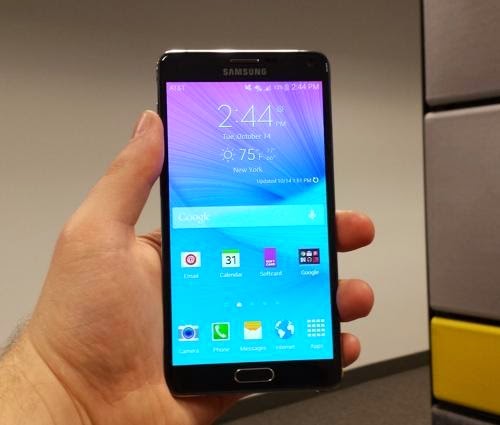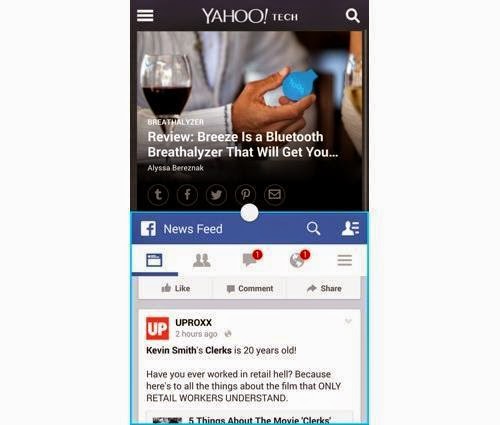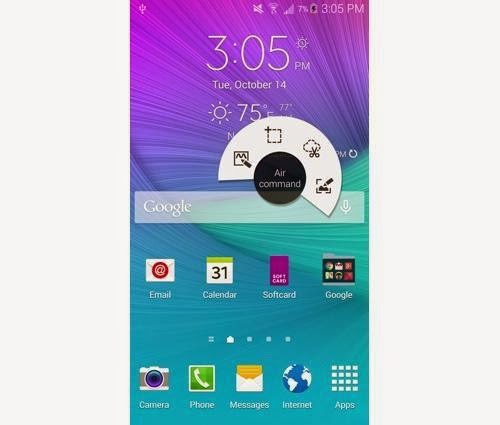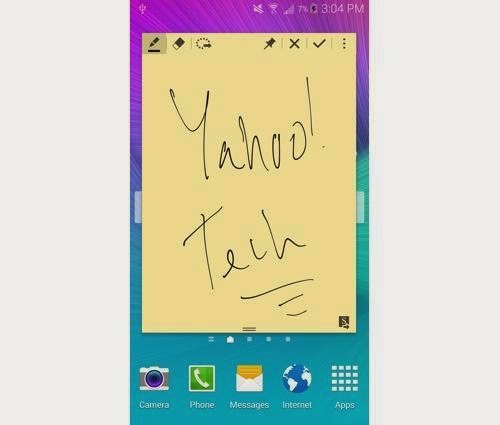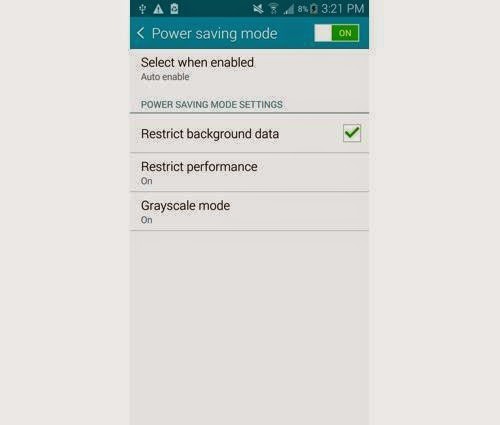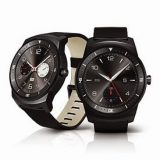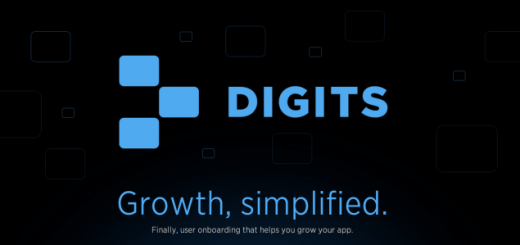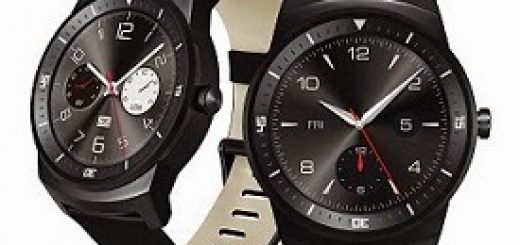Since it launched its first Note in 2011, Samsung’s massive handsets have been the best big-screen phones on the market. Available for $299 with a two-year contract through each of the four major U.S. carriers, the Note 4 is an improvement over its predecessors in every conceivable way. When it comes to supersized smartphones, Samsung’s Galaxy Note reigns supreme.
Form and function
In fact, Apple’s 5.5-inch iPhone 6 Plus stands a bit taller than the Note 4, at 6.2 inches. Measuring 6.0 × 3.1 × 0.33 inches, the Note 4 would look large even in Shaq’s hand. Yet the iPhone 6 Plus is thinner than the Note 4, just 0.28 inches thick. The Note owes its large dimensions to its enormous 5.7-inch display. Like the previous Note 3, the Note 4 also gets a removable faux leather rear panel.
Unlike its predecessors, the Note 4 uses an aluminum frame that wraps around the handset. Oh, and if you’re a skinny-jeans-wearing hipster, don’t even think of putting the Note 4 in your pocket. Compared with Apple’s iPhone and the HTC’s One M7 and M8, which offer aluminum chassis, Samsung’s plastic phones looked downright cheap. Still, big is big, and as such, the Note 4 is nearly impossible to use comfortably with one hand.
The best display around
Still, the Note 4’s display is undeniably gorgeous, and even though its colors aren’t as spot-on as the iPhone 6 Plus’, I find the Note 4’s screen more appealing. That’s largely thanks to the fact that Samsung uses a screen technology known as Super AMOLED, or active matrix organic light-emitting diodes, which produces incredibly vibrant colors and endlessly deep blacks. That means the Galaxy Note 4’s display should be sharper than the iPhone 6 Plus’. One of the big things Samsung is pushing with the Note 4’s screen is its 2560 × 1440 QHD resolution.
Multitasking like a boss
Using the real estate afforded by the Note 4’s large display, Pop-up View lets you open multiple apps in individual windows onscreen at once.
Samsung’s smartphones have offered multitasking capabilities for a while, with the company’s Multi Window mode, which lets you open two apps onscreen at once. Even Samsung’s own S Health and Milk streaming music app don’t offer Pop-up View, which limits its usefulness.
S Pen stylus
As with previous generations of the Note, the Note 4 comes with Samsung’s S Pen stylus. It nests along the phone’s bottom edge. When you pop it out, the phone automatically opens the Note 4’s Air Command control panel.
From here you can use the stylus to take handwritten Action Memos, Post-it style notes that you can pin to the Note 4’s home screen. You can also outline images and edit them using Image Clip, select and copy text from photos, and take a screenshot and take notes on it. Unfortunately, you have to follow a specific template to get these results, and doing so will undoubtedly take longer than simply entering your meeting using the phone’s onscreen keyboard, but it’s still a nice option to have.
Interface and apps
The Galaxy Note 4 runs on the latest version of Google’s Android KitKat operating system and features Samsung’s TouchWiz interface. The worst offender of the lot is AT&T Navigator, which charges you $9.99 a month, after a 30-day trial, for features that are available free with Google Maps.
Samsung also loads the Note 4 with a variety of out-of-the-box apps, including Facebook, Flipboard, Instagram, the Lookout security app, and Uber. Unfortunately, AT&T also throws in a bunch of bloatware apps like AT&T Mail, AT&T Navigator, DriveMode, and a host of others. If you’re a power user, you’ll either appreciate it or simply install a different Android interface, or skin, on top of it.
S Health
In addition to being able to check your heart rate, thanks to the heart-rate monitor on the Note 4’s back, and count your steps, S Health can now measure your blood-oxygen levels, stress levels, and UV light levels.
To check your heart rate, blood-oxygen level, or stress level, you simply have to place your finger over the heart-rate monitor and start the appropriate test.
Camera
Still, like Samsung’s Galaxy S5, the Note 4’s camera tends to exaggerate blues, causing colors to look less realistic than those taken with the iPhone 6 Plus. The iPhone 6 Plus also sports OIS, but when I shot videos using both phones at the same time, the Note 4 seemed to minimize image bounce better than the 6 Plus.
The iPhone also captures low-light images better than the Note 4, something that’s always been a problem for Samsung’s phones. Pictures shot while zoomed in with the Note 4 tended to look sharper than those taken with the iPhone 6 Plus. OIS also helps when shooting video with the Note 4 by reducing the amount of shaking and bouncing that occurs while walking with the camera. The feature, which physically adjusts the camera’s lens to compensate for hand shake, allows you to not only take clearer photos in low-light situations, but it also makes digital worthwhile for once. The Galaxy Note 4’s 16-megapixel camera is easily one of the best you’ll find on a smartphone today.
Battery life
The Note’s 3,220-mAh battery lasted longer than a day even with moderate use, so you can leave your charger at home without having to worry about your Note 4 calling it quits on you halfway through the workday. But Samsung has included a fast charging adapter that fills the Note 4’s battery up to 50 percent in just 30 minutes. Motorola’s second-generation Moto X also features fast charging capabilities, but to take advantage of them, you have to purchase a dedicated charger.
Related
